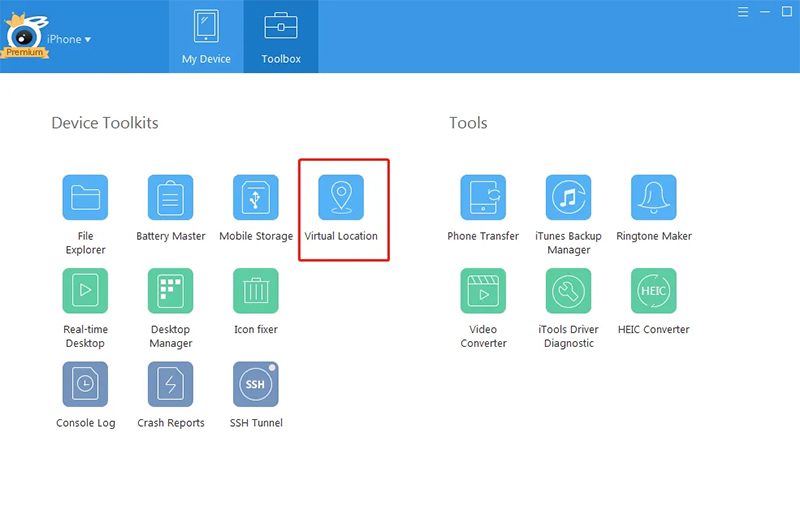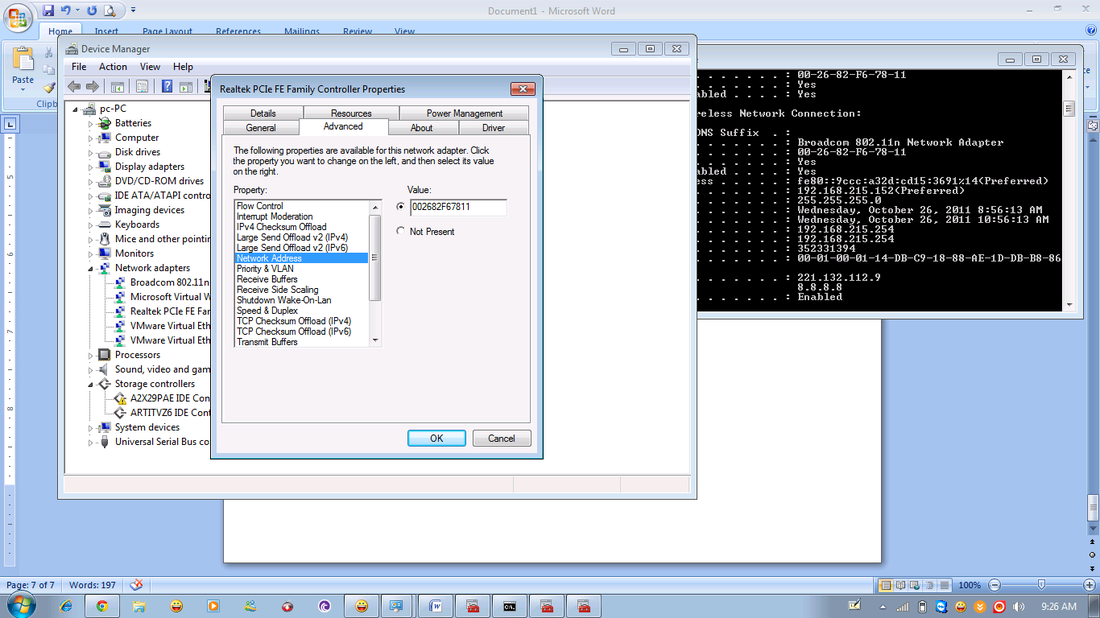

While iTools was launched at the end of the iOS 9 era, it also made the transition to OS X. However, the technology is the big story here. Apple invested in EarthLink, (opens in new tab) to bring the ISP's service to Mac users in a concise way. In addition to all of the tech that iTools presented, it brought to life a new partnership. Even in 2016, creating a website isn't that simple for most people. HomePage used iDisk as a shuttle for local content like photo albums, movies and more.īuilding out a site was as simple as picking a theme, selecting content from iDisk and hitting the publish button. The final piece of the iTools package was HomePage, an online program that let users build custom websites without needing to code. If that sounds familiar, it's because Internet-based file sharing is now ubiquitous - thanks not only to Apple, but to companies like Dropbox and Box as well. Sherlock was the first step in that direction, iDisk has finished the job. We have heard for years that operating system designers have wanted to seamlessly integrate the Internet with the desktop environment. iDisk has brought file sharing to the masses.
#Itools for mac spoofing mac os#
Standard Mac OS copy progress bars keep the user aware of the status of the file. The process of storing files in one Public folder, and having those files accessed and saved by somebody else took less than two minutes. Mac Observer staff members tested iDisk yesterday evening by sending Macworld related files back and forth to each other. This truly is the next level of drag and drop.

Here's part of Kyle D'Addario's reaction after some hands-on time 16 years ago: While features like the local syncing of files were a few years away, out of all the Internet technologies introduced during Macworld 2000, iDisk perhaps is the most important historically. Starting in July 2000, Apple allowed users to purchase up to 400 extra megabytes at a yearly rate of a $1 per megabyte.

And files in the Public directory were easily shared with other iTools users. IDisk worked like a regular folder on the system dragging files in to or out of iDisk would copy them to or from the server. Instead of fiddling with FTP settings, iDisk was baked into Mac OS 9 - there was an icon for it right on the Desktop. IDisk offered users 20MB (yes, MB!) of Internet storage, hosted on Apple's servers. Though you can no longer acquire a new mac.com or me.com address, you can spot early iTools users by their mac.com aliases, which are still active and useable. Mac.com email addresses later became me.com in the MobileMe age, before being replaced with. The original mac.com email system didn't have any webmail users had to configure their email clients to talk to the system over POP. With iTools, users could sign up for email addresses at The Apple-run email service provided users with features like auto-reply and auto-forward. ITools was made up of four "revolutionary" products, as shown on this page from OS X's welcome guide:
#Itools for mac spoofing free#
While in hindsight, iReview and iCards may not have been long-term winners, the final piece of Apple's 2000-era puzzle built the foundation for Apple's modern Internet applications suite.ĭuring iTools's introduction, Jobs discussed that owning both the client OS and the server-side components allowed Apple to create an "entirely new class of Internet services" exclusively for Mac users, free of charge. That likely contributed to iCards's eight-year run - the page was shuttered in 2008 with the release of MobileMe.ĭigital cards were nice, but the ability to create fully-custom digital and physical cards (and other stationary) within iPhoto and Aperture - and later, Photos and the now-discontinued Cards for iOS) app - ultimately doomed the website. iCardsĪpple also introduced iCards, a section of the company's website where users could go to create and send virtual greeting cards.Īrguably, Apple's cards were better-looking and classier than those offered by other greeting card sites at the time.

Apple shuttered the site in February 2001 due to low interest. IReview was pitched as a trusted advisor for people exploring the Internet, but it was short-lived. "We're going to do to website reviews," Steve Jobs said, "as Amazon has done for CDs and books." That number grew slowly, as personal Mac users could append to existing reviews, but not create new ones. Initial reviews were written by Apple employees, and the site launched with 250 published reviews. IReview housed reviews and rankings of other websites.


 0 kommentar(er)
0 kommentar(er)
